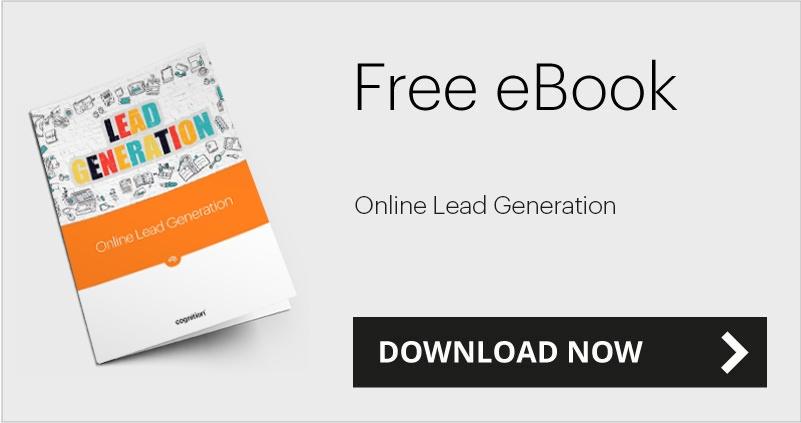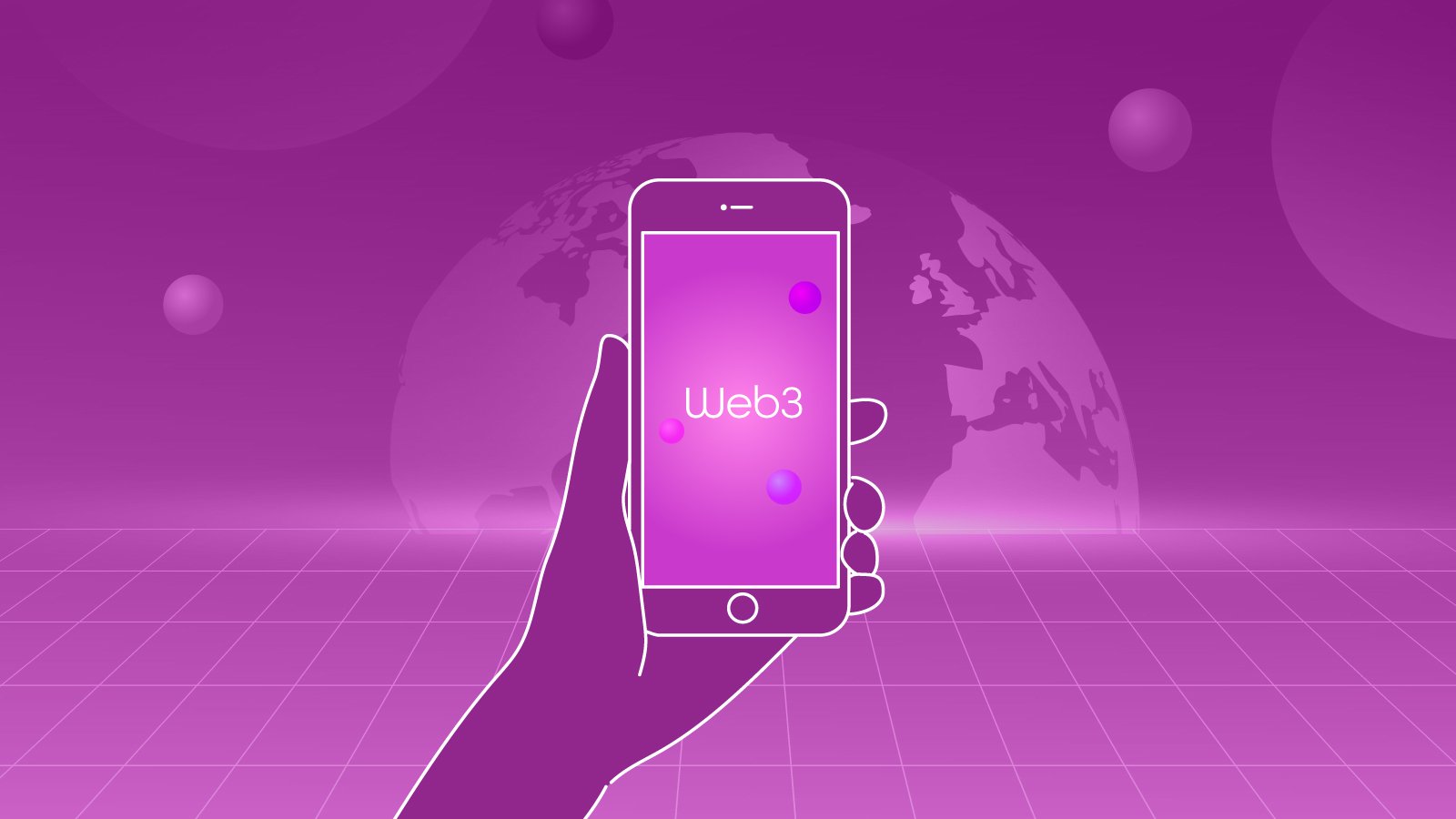
Your website is the most important tool you have for converting your visitors into customers.
Businesses invest in driving traffic to their sites but, unless your pages are optimised for lead generation (including targeting keywords for search), you won’t convert this traffic into new prospects and customers.
No new leads = no growth.
This is why it’s so important to develop your website with lead generation at the forefront of your plans and conversions as your primary goal.
The Anatomy of a Lead Generating Website
1) Lead generation forms
As soon as a visitor lands on your website, you want to capture their interest with engaging content.
If that content is gated (requiring the completion of a form to gain access) it acts as a key method of eliciting their contact details and requesting consent to communicate with them directly.
But what if they choose not to complete the form?
Using HubSpot and what are known as “attribution reports”, we can see the highest converting paths through a website. This reveals the pages a contact has visited pre-conversion. We then optimise these pages in such a way as to encourage conversions.
Will the leads come in straight away? The simple answer is “no”. But one way we can increase the likelihood of developing the ultimate lead-generating pages is by testing, testing, testing.
HubSpot allows us to run A/B tests on a page - automatically generating two variations. We can then test different content, images, offers, forms, or even change the whole page.
According to a HubSpot survey, companies with 30+ landing pages on their website generated 7X more leads than companies with 1 to 5 landing pages.
2) Calls-to-actions (CTAs) on every page
Visitors require prompts to navigate around a website. A challenge (and an opportunity) is to help guide them on a journey which aids their objectives (most likely seeking products or services) and converts them into customers.
It is important to remember that your website pages exist to inform your contacts of your business and offerings and encourage their engagement. A call-to-action tells the visitor what to do and where to go.
For example, by using tactical CTAs, your homepage can become a map with many sign-posted destinations.
It is important to have a primary CTA that exists in the first viewable area of your web page and sticks out from the others. This is the main action we want the visitor to take on each page.
The CTA used depends on your end goal. Do you want visitors to sign up to a blog? Download an eguide? Request a demo? Defining what makes a lead in your business will make this process much more streamlined. Remember, it’s not one size fits all for your visitors.
3) Design and layout optimised for conversions
Your website should be developed in such a way as to guide visitors towards specific actions you want them to take. With a user-friendly site that is easy to navigate, conversion paths become a lot more streamlined.
One important factor to bear in mind is the layout of your pages. Where will you place your CTAs, images and whitespace? What colours and fonts will you choose to make the page more aesthetically pleasing? What supporting content will you include to communicate your proposition, meet your visitors’ needs and ultimately build trust?
Your webpages need to be designed and laid out strategically with lead generation in mind. EyeQuant produced a study which showed a website reader’s natural eye path. Results found the path starts in the upper left-hand corner of a website and moves on from there in an F-pattern. Based on this, it would make sense to place a strong CTA within that F-pattern.
4) Personalisation and Optimisation
Dynamic content, or what HubSpot calls “smart content”, is material that is personalised for individuals or groups of visitors to your website. People who land on your site will see images, buttons, copy and offers specifically tailored to their interests, pages they’ve viewed or previous purchase history.
Personalised content converts 42% more visitors than basic content.
For example, a first-time visitor to a site may be exposed to a selection of blogs or eguides to engage and push them further down the funnel. However, a nurtured lead, or what we call a Marketing Qualified Lead (MQL), may want to engage with a more sales-focused offer.
Cognition has vast experience in optimising websites and developing them as lead generating machines.
Think your website could do with a lead-generating facelift? Get in touch today.





